Prompt: Children finger-painting. Highlight the boundless creativity from neuroplasticity. Vibrant artwork,depicts the neural pathways on her brain.








Prompt: Children finger-painting. Highlight the boundless creativity from neuroplasticity. Vibrant artwork










Prompt: A 4-year-old child, sitting three meters far away from a computer watching TV, depicts the neural pathways on her brain.












Prompt: A 4-year-old child, sitting three meters in front of a computer watching TV, depicts the neural pathways on her brain.




Prompt: A 4-year-old child, sitting three meters in front of a computer watching TV, depicts the neural pathways on her brain.








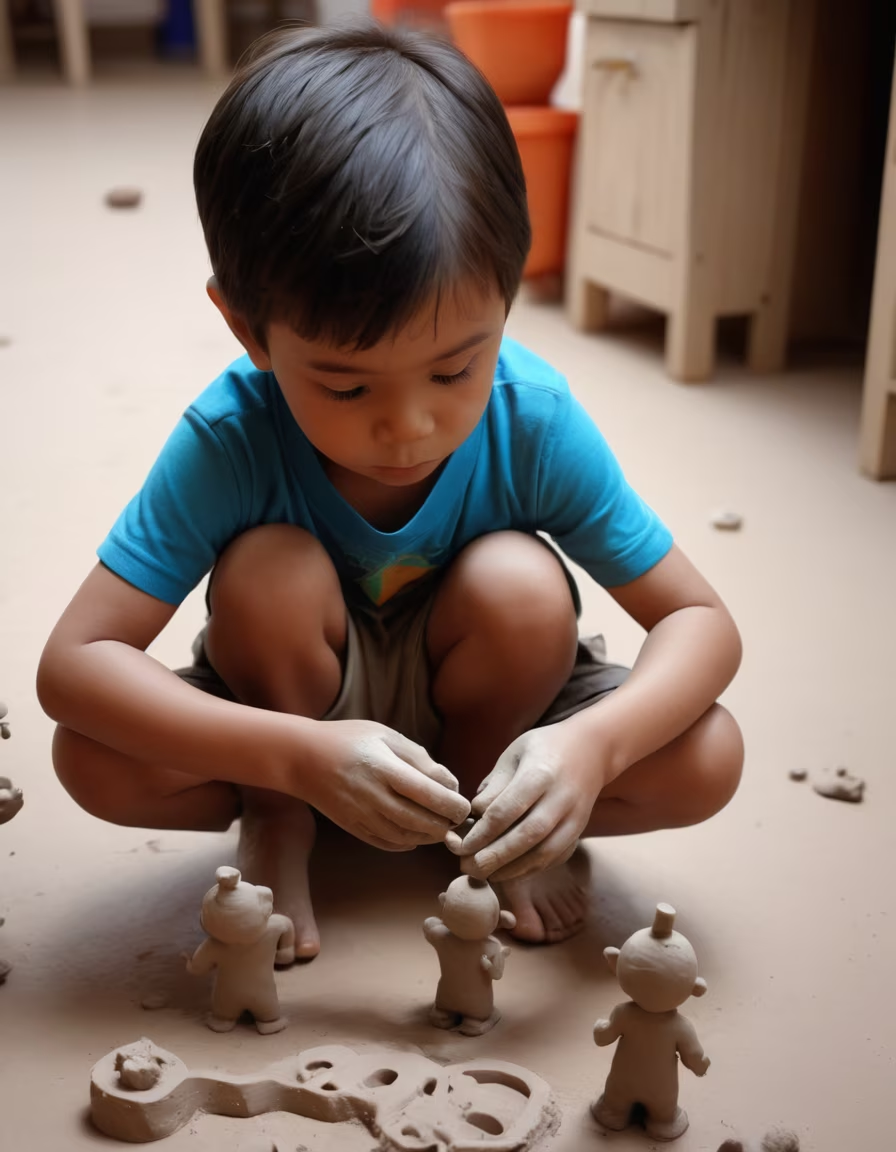



Prompt: A 4-year-old child, sitting three meters in front of a computer watching TV, depicts the neural pathways on her brain.




Prompt: A 4-year-old child, sitting three meters in front of a computer watching TV, depicts the neural pathways in her brain.




Prompt: A 4 years old girl who stayed away from cell phones, depict neural pathways lighting up in her brain. Digital drawing








Prompt: A girl who stayed away from cell phones, depict neural pathways lighting up in her brain. Digital drawing










Prompt: \"Children building imaginative block sculptures, symbolizing young brains making new connections. Digital illustration






Prompt: A child painting a beautiful picture, representing neural plasticity and the potential for growth. Digital art




Prompt: Thousands of Miles of Rivers and Mountains, Chinese classical traditional landscape painting
Style: Fantasy Art














Prompt: An infographic with 5 brain icons showing accurate relative sizes representing brain development from ages 1 to 5. At age 1, draw the smallest brain sized to 25% of adult brain size. At age 2, draw a brain 2 times as large as the 1 year old brain. At age 3, draw a brain 3 times as large as the 1 year old brain. At age 4, draw a brain 3.6 times as large as the 1 year old brain. At age 5, draw the largest brain 6 times as large as the 1 year old brain. Show the percentage below each brain
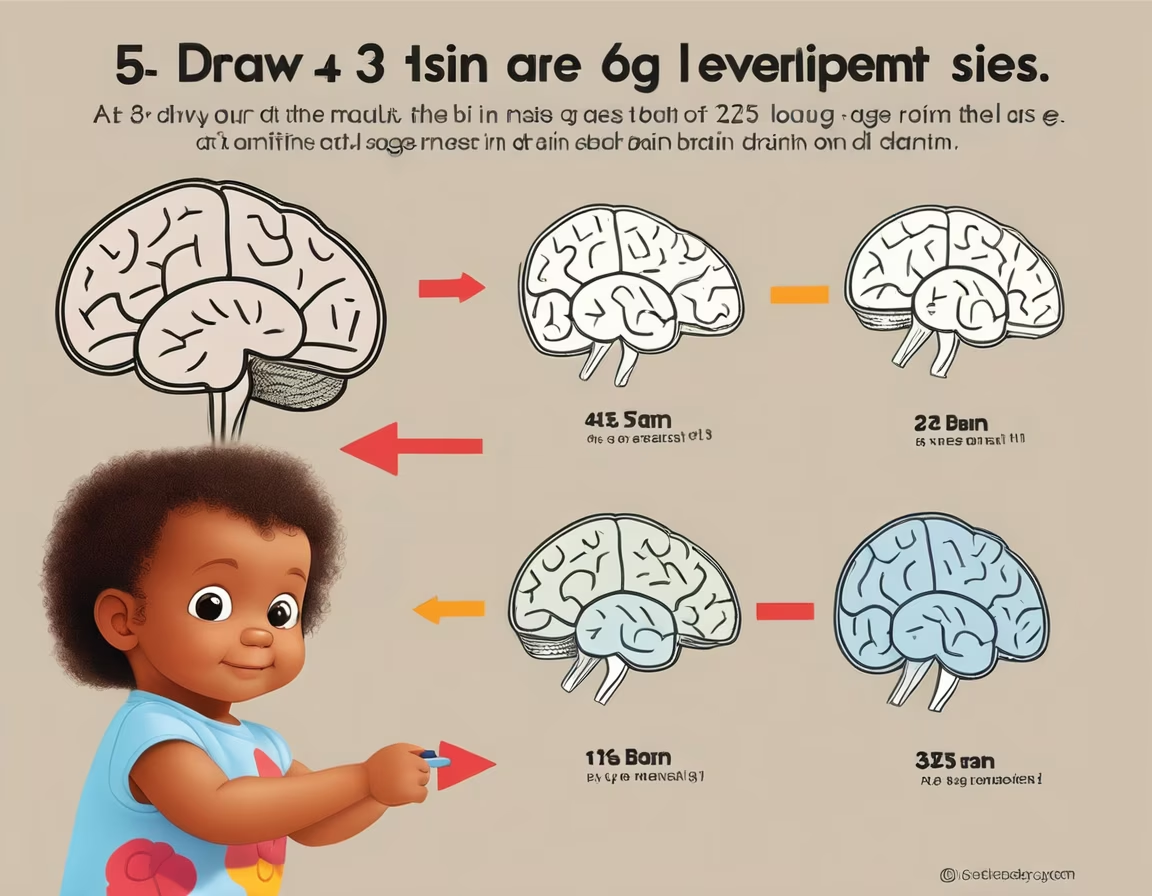

Prompt: An infographic with 5 brain icons showing accurate relative sizes representing brain development from ages 1 to 5. At age 1, draw the smallest brain sized to 25% of adult brain size. At age 2, draw a brain 2 times as large as the 1 year old brain. At age 3, draw a brain 3 times as large as the 1 year old brain. At age 4, draw a brain 3.6 times as large as the 1 year old brain. At age 5, draw the largest brain 6 times as large as the 1 year old brain. Show the percentage below each brai










Prompt: An infographic with 6 brain icons representing brain development from ages 1 to 6. At age 1, draw a small brain sized to 70% of adult brain. At age 2, draw a slightly bigger brain sized to 75% of adult brain. At age 3, draw a brain sized to 80% of adult brain. At age 4, draw a brain sized to 85% of adult brain. At age 5, draw a brain sized to 90% of adult brain. At age 6, draw a brain sized to 95% of adult brain. Show the exact percentage below each brain image. Use a clean minimalist style.




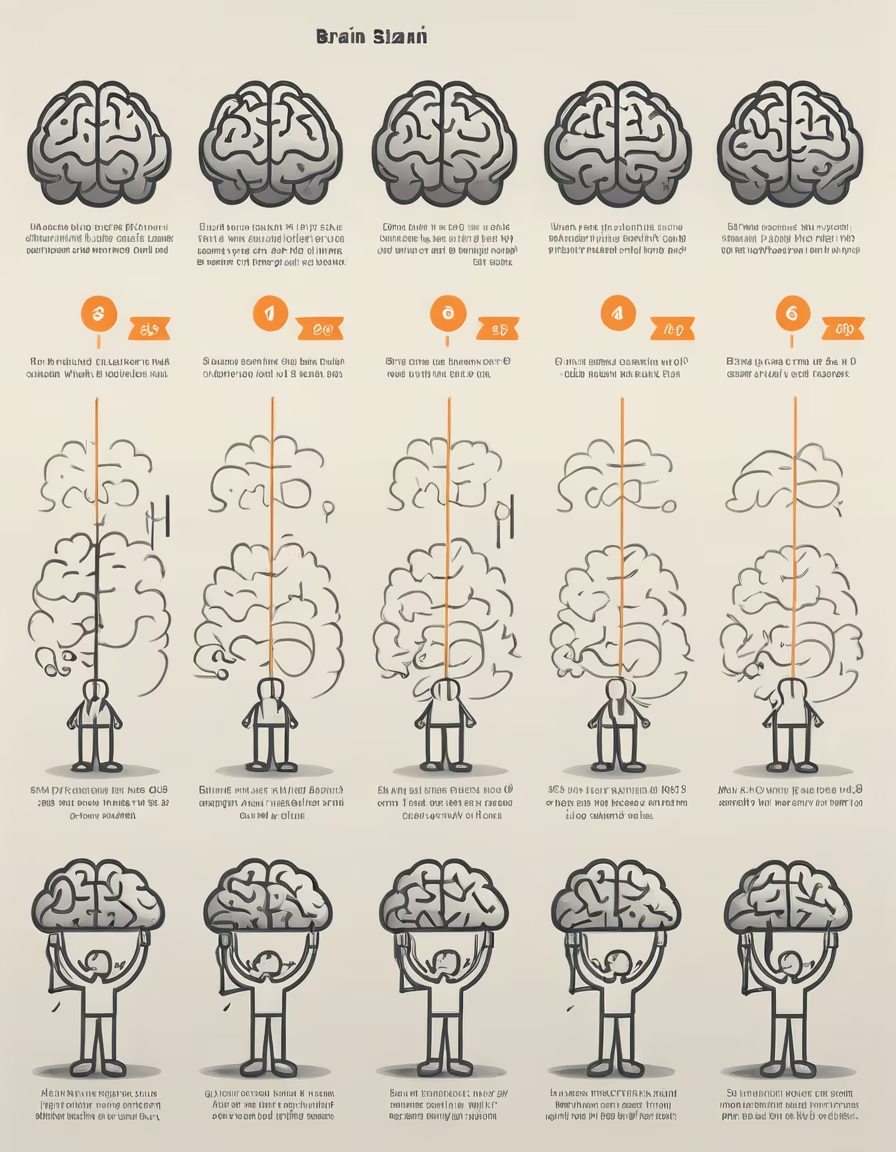



Prompt: An infographic style illustration depicting the developing child and adolescent brain from ages 1 to 8 years old. At age 1 the brain volume is shown as 70% of adult size. At age 2 it is 75% of adult size. At age 3 it is 80% of adult size. At age 4 it is 85% of adult size. At age 5 it is 90% of adult size. At age 6 it is 95% of adult size. At age 8 it has reached adult brain volume. Show this information clearly in an engaging graphic with human brain images growing in size for the different ages.\" This prompts Stable Diffusion to create an infographic that visualizes the key percentages of brain volume growth from ages 1-8, with brain images that increase in size to match the descriptions. The words \"infographic style\" and \"engaging graphic\" ask for an informative yet visually pleasing illustration.






Prompt: \"Yitaa Creative Lab for Toddlers\" using the stable diffusion technique. The logo will be created based on the provided prompt with the use of English keywords. The logo for \"Yitaa Creative Lab for Toddlers\" will be a vibrant and playful representation of the innovative spirit of the lab. The stable diffusion technique will be employed to add texture and depth to the logo. Here are the keywords that will guide the creation of the logo: Childlike Wonder: The logo will capture the sense of wonder and curiosity that toddlers possess. It will incorporate elements that evoke a sense of joy and playfulness. Innovation: The logo will symbolize the innovative nature of the lab, highlighting its focus on fostering creativity and exploration in young children. Learning: The logo will subtly represent the educational aspect of the lab, emphasizing the importance of learning through hands-on experiences and experimentation. Collaboration: The logo will convey a sense of collaboration and interaction, reflecting the lab's emphasis on social engagement and teamwork among toddlers. Colors: The logo will feature a bright and cheerful color palette, incorporating vibrant hues that appeal to young children while also conveying a sense of energy and enthusiasm. With these keywords in mind, the logo for \"Yitaa Creative Lab for Toddlers\" will be carefully designed using stable diffusion to create a visually appealing and engaging representation of the lab's vision and values.





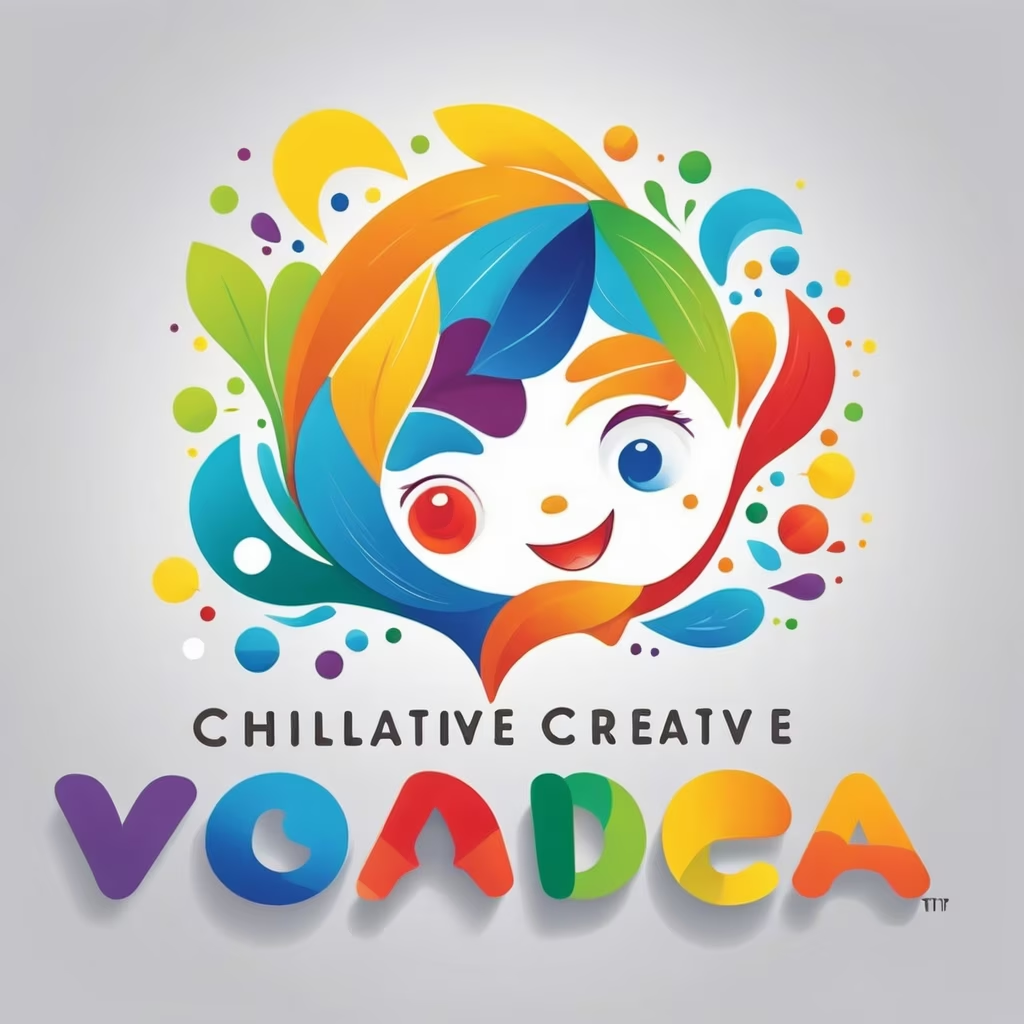


























Prompt: Here's a description of a profile view of the brain, including its complete structure, with labels for the following five parts: 1. Brainstem, 2. Cerebellum, 3. Limbic System, 4. Basal Ganglia, and 5. Cerebral Cortex. The background color is white, and the painting technique used is stable diffusion. The profile view of the brain showcases its remarkable structure, painted using stable diffusion on a pristine white background. Let's explore the labeled parts in detail: Brainstem: Positioned at the base of the brain, the brainstem is prominently labeled. It comprises the medulla oblongata, pons, and midbrain. These vital structures regulate essential functions such as breathing, heart rate, and consciousness. Cerebellum: Adjacent to the brainstem, the cerebellum is labeled and stands out with its distinctive texture and shape. This structure is responsible for coordinating movement, balance, and posture. Its intricate folds and lobes add depth and visual interest to the artwork. Limbic System: The labeled limbic system is located deep within the brain. It includes several structures, such as the hippocampus, amygdala, and hypothalamus. This system is associated with emotions, memory, and the regulation of basic physiological functions. Basal Ganglia: Another labeled component of the brain is the basal ganglia, situated at the base of the cerebral cortex. It comprises several interconnected nuclei, including the caudate nucleus, putamen, and globus pallidus. The basal ganglia plays a crucial role in motor control and the coordination of movement. Cerebral Cortex: The labeled cerebral cortex covers the outermost layer of the brain and is responsible for higher cognitive functions. It is divided into distinct lobes, including the frontal, parietal, temporal, and occipital lobes. The cerebral cortex is intricately folded, showcasing its vast surface area.




Prompt: The brain is depicted in a profile view, showcasing its intricate and interconnected structures. The background is a pristine white, providing a clean canvas for the artwork. The painting technique employed is stable diffusion, which adds a unique texture and depth to the image. Starting from the top, the cerebral cortex is prominently displayed, exhibiting its convoluted folds and distinct lobes. It showcases the frontal lobe, responsible for executive functions and decision-making, followed by the parietal lobe, associated with sensory perception and spatial awareness. The temporal lobe, involved in memory and auditory processing, extends gracefully beneath the parietal lobe. Moving further down, the occipital lobe reveals itself, dedicated to visual processing and interpretation. Its distinct contours and intricate neural pathways create an eye-catching visual element. Adjacent to the occipital lobe, the cerebellum, known for its role in motor coordination and balance, adds a sense of symmetry to the composition. The brainstem, positioned below the cerebellum, emerges as a vital connector between the brain and the spinal cord. Its medulla oblongata, pons, and midbrain are discernible, each playing crucial roles in autonomic functions, sensory relay, and motor control. The stable diffusion painting technique adds subtle gradients of color, emphasizing the connectivity and complexity of the brain's neural networks. Delicate shades of blue, green, and purple blend seamlessly, representing the dynamic nature of neural activity within the brain. Overall, the profile view of the brain, painted using stable diffusion on a white background, captures the beauty and intricacy of this remarkable organ, inviting viewers to appreciate its awe-inspiring structure and functionality.


Prompt: Certainly! Here's a description of a simplified line drawing of a profile view of the brain, including its complete structure, with labels for the following five parts: 1. Brainstem, 2. Cerebellum, 3. Limbic System, 4. Basal Ganglia, and 5. Cerebral Cortex. The background color is white, and the drawing will be created using simple lines and the stable diffusion technique. The profile view of the brain features a clean and minimalist white background. The drawing technique employed involves simple lines that outline the various structures of the brain, combined with the subtle texture of stable diffusion. Here are the labeled parts: Brainstem: The brainstem is clearly labeled, positioned at the base of the brain. It is represented by a straight vertical line, indicating its central location within the brain. Cerebellum: Adjacent to the brainstem, the cerebellum is labeled and depicted as a smaller, curved line beneath the brainstem. Its distinctive shape is captured, showcasing its role in motor coordination and balance. Limbic System: The labeled limbic system is represented by a curved line that encircles the innermost region of the brain. While simple, this line suggests the presence of the hippocampus, amygdala, and hypothalamus, which collectively form the limbic system and regulate emotions, memory, and basic physiological functions. Basal Ganglia: Another labeled component, the basal ganglia, is represented by a series of small interconnected lines near the cerebral cortex. These lines indicate the presence of the caudate nucleus, putamen, and globus pallidus, which form the basal ganglia and play a role in motor control. Cerebral Cortex: The labeled cerebral cortex is depicted with a series of wavy lines that cover the upper portion of the brain. These lines represent the outer layer of the brain and suggest the presence of the frontal, parietal, temporal, and occipital lobes, which constitute the cerebral cortex responsible for higher cognitive functions. By utilizing simple lines and the stable diffusion technique, this profile view drawing of the brain with labeled parts on a white background offers a minimalist representation of the brain's structure.






Prompt: The brain is depicted in a profile view, showcasing its intricate and interconnected structures. The background is a pristine white, providing a clean canvas for the artwork. The painting technique employed is stable diffusion, which adds a unique texture and depth to the image. Starting from the top, the cerebral cortex is prominently displayed, exhibiting its convoluted folds and distinct lobes. It showcases the frontal lobe, responsible for executive functions and decision-making, followed by the parietal lobe, associated with sensory perception and spatial awareness. The temporal lobe, involved in memory and auditory processing, extends gracefully beneath the parietal lobe. Moving further down, the occipital lobe reveals itself, dedicated to visual processing and interpretation. Its distinct contours and intricate neural pathways create an eye-catching visual element. Adjacent to the occipital lobe, the cerebellum, known for its role in motor coordination and balance, adds a sense of symmetry to the composition. The brainstem, positioned below the cerebellum, emerges as a vital connector between the brain and the spinal cord. Its medulla oblongata, pons, and midbrain are discernible, each playing crucial roles in autonomic functions, sensory relay, and motor control. The stable diffusion painting technique adds subtle gradients of color, emphasizing the connectivity and complexity of the brain's neural networks. Delicate shades of blue, green, and purple blend seamlessly, representing the dynamic nature of neural activity within the brain. Overall, the profile view of the brain, painted using stable diffusion on a white background, captures the beauty and intricacy of this remarkable organ, inviting viewers to appreciate its awe-inspiring structure and functionality.








Prompt: the background is transparent, button size is 400*400 pixels, the button has a white bell icon and text \"hearing mode\" below it, digital painting, sharp focus, illustration, artstation, concept art, smooth, volumetric lighting, intricate, highly detailed rendering, octane render, 8 k resolution
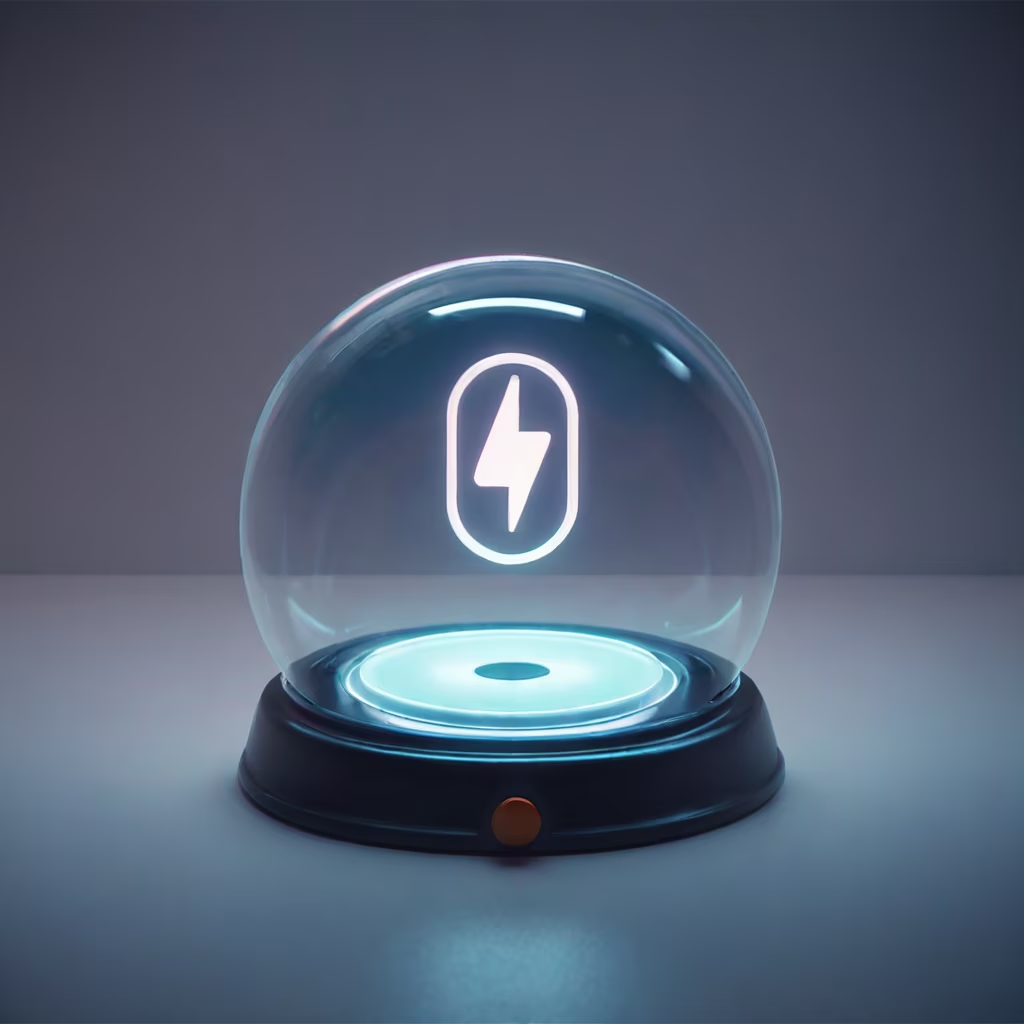






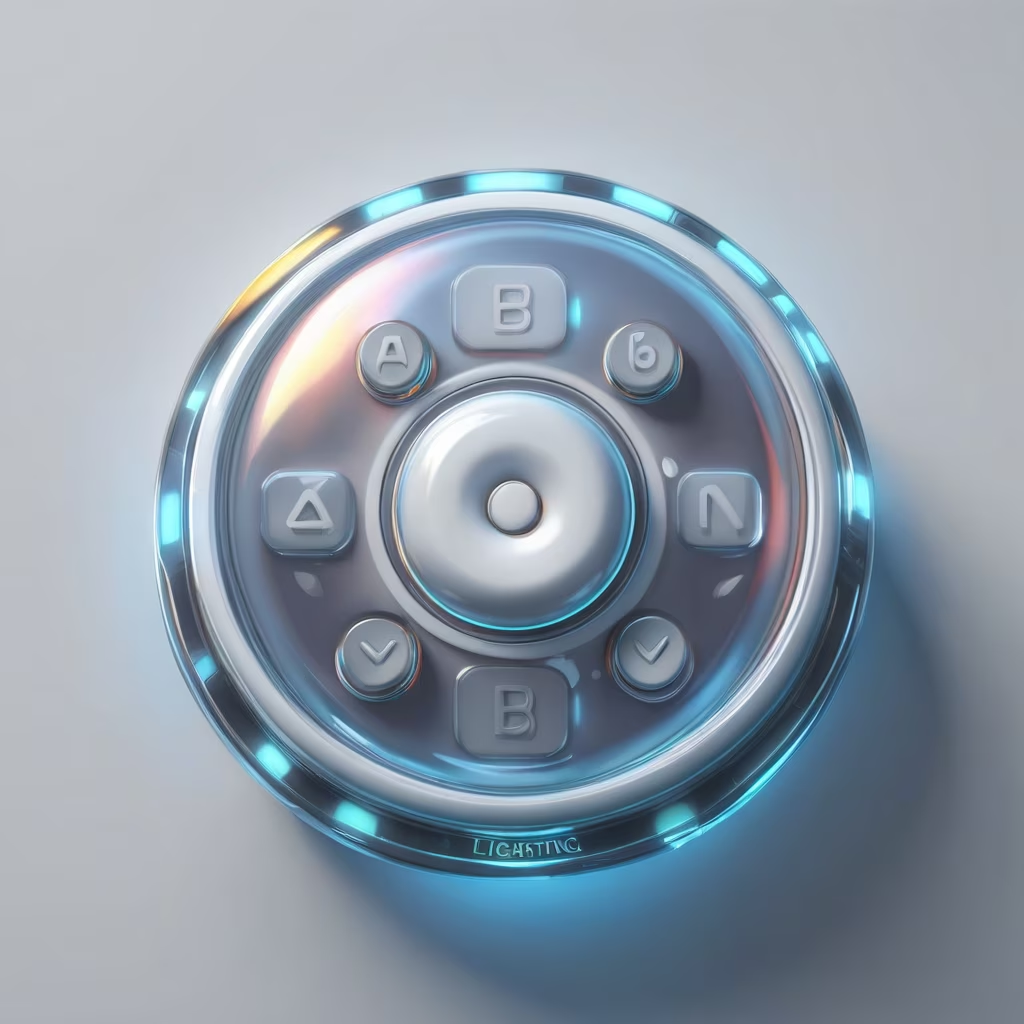


Prompt: the background is transparent, button size is 400*400 pixels, the button has a white bell icon and text \"hearing mode\" below it, digital painting, sharp focus, illustration, artstation, concept art, smooth, volumetric lighting, intricate, highly detailed rendering, octane render, 8 k resolution














Prompt: a highly detailed illustration painting of a red round button with white borders, the background is transparent, button size is 400*400 pixels, the button has a white bell icon and text \"hearing mode\" below it, digital painting, sharp focus, illustration, artstation, concept art, smooth, volumetric lighting, intricate, highly detailed rendering, octane render, 8 k resolution




Prompt: Based on the word 'Yitaa,' design a logo related to the website yitaa.com. Ensure simplicity and utilize stable diffusion techniques to maintain clarity across various sizes. Please emphasize bright colors to highlight the unique characteristics of Yitaa
Style: Cinematic


Prompt: Based on the word 'Yitaa,' design a logo related to the website yitaa.com. Ensure simplicity and utilize stable diffusion techniques to maintain clarity across various sizes. Please emphasize bright colors to highlight the unique characteristics of Yitaa
Style: Anime


Prompt: Based on the word 'Yitaa,' design a logo related to the website yitaa.com. Ensure simplicity and utilize stable diffusion techniques to maintain clarity across various sizes. Please emphasize bright colors to highlight the unique characteristics of Yitaa
Style: Low Poly




Prompt: Based on the word 'Yitaa,' design a logo related to the website yitaa.com. Ensure simplicity and utilize stable diffusion techniques to maintain clarity across various sizes. Please emphasize bright colors to highlight the unique characteristics of Yitaa
Style: Craft Clay


Prompt: Based on the word 'Yitaa,' design a logo related to the website yitaa.com. Ensure simplicity and utilize stable diffusion techniques to maintain clarity across various sizes. Please emphasize bright colors to highlight the unique characteristics of Yitaa










Prompt: Imagine a beautiful white bird flying in the sky. Use your favorite colors to draw a picture. You can use bright colors to make the bird look happy and vibrant










Prompt: Imagine a line of beautiful white birds flying low over the ocean. Can you draw these birds using your favorite bright colors? Make the ocean and the sky as colorful as you want. Show the birds flying one after the other in your drawing, like a happy parade

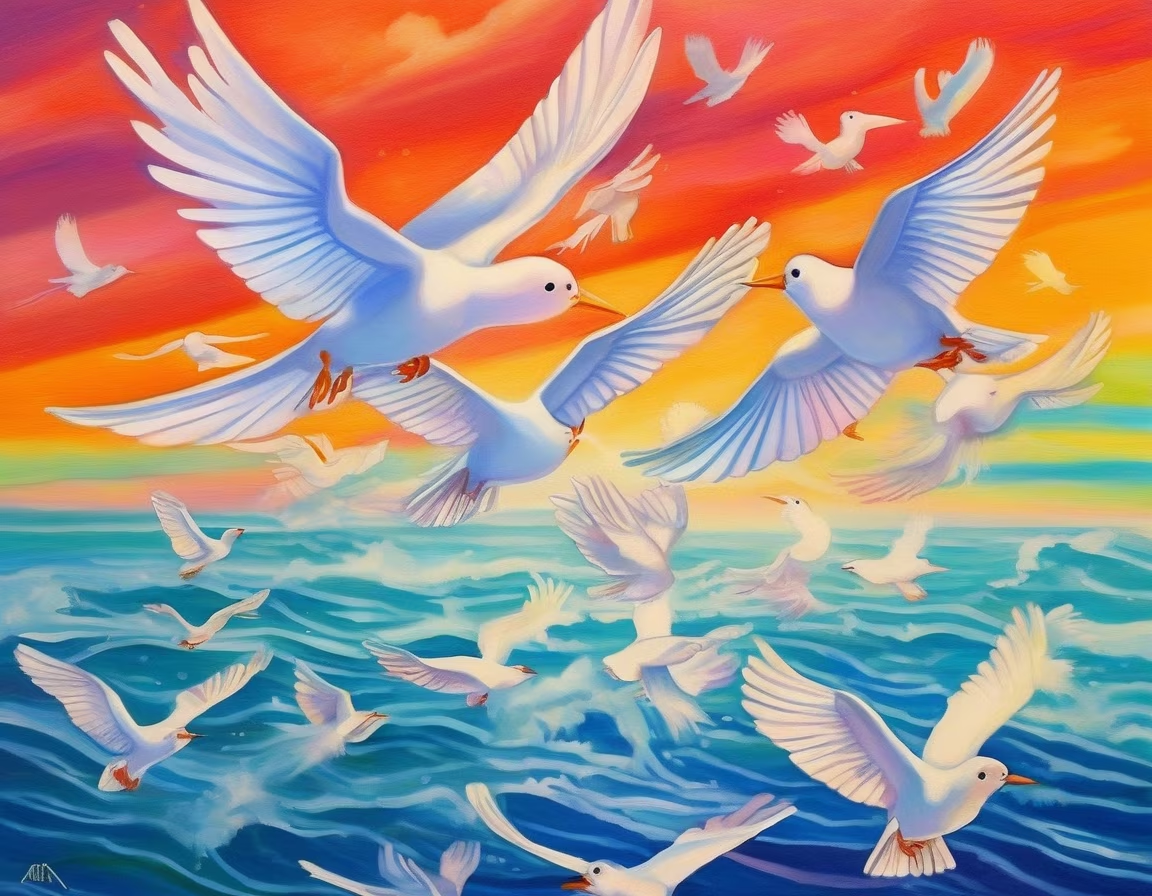





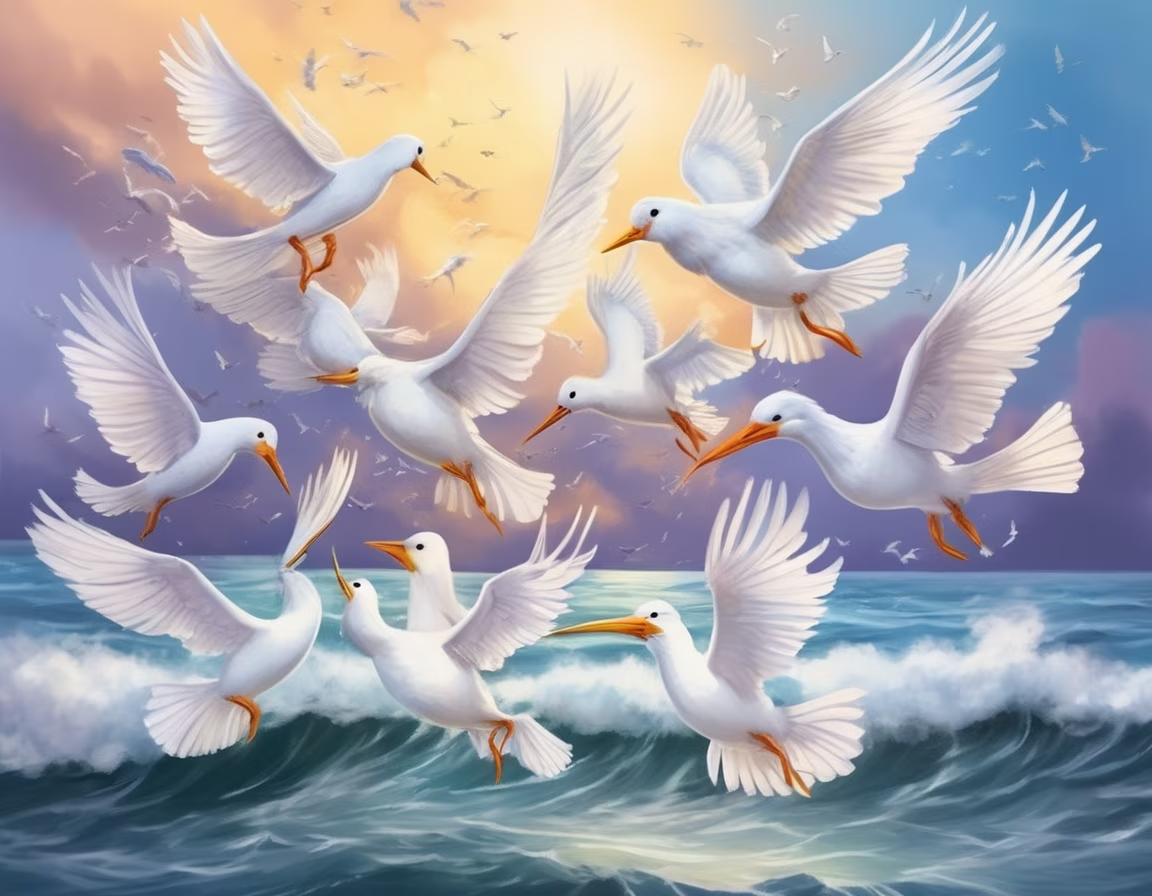




Prompt: Imagine a group of beautiful white birds flying low over the ocean. Can you draw these birds using your favorite bright colors? Make the ocean and the sky as colorful as you want. Show the birds flying one after the other like a happy parade in your drawing




Prompt: \"Imagine a group of beautiful white birds flying low over the ocean in a long line. Can you draw the birds in a line using your favorite bright colors? Make the ocean and the sky as colorful as you want. Show the birds flying one after the other like a happy parade in your drawing




Prompt: Imagine a group of beautiful white birds flying low over the ocean. Can you draw a picture of these birds using your favorite colors? Make the birds and the ocean as bright and vibrant as you want. Let your imagination soar as high as the birds in your drawing




Prompt: Imagine a friendly gecko sticking to the wall and not falling down. Can you draw the gecko with big, bright eyes and a happy smile on its face? Use your favorite colors to make the wall and the gecko as colorful as you want. Show the gecko sticking to the wall like a little superhero in your drawing








Prompt: Imagine a friendly gecko sticking to the wall and not falling down. Can you draw the gecko with big, bright eyes and a happy smile on its face? Use your favorite colors to make the wall and the gecko as colorful as you want. Show the gecko sticking to the wall like a little superhero in your drawing






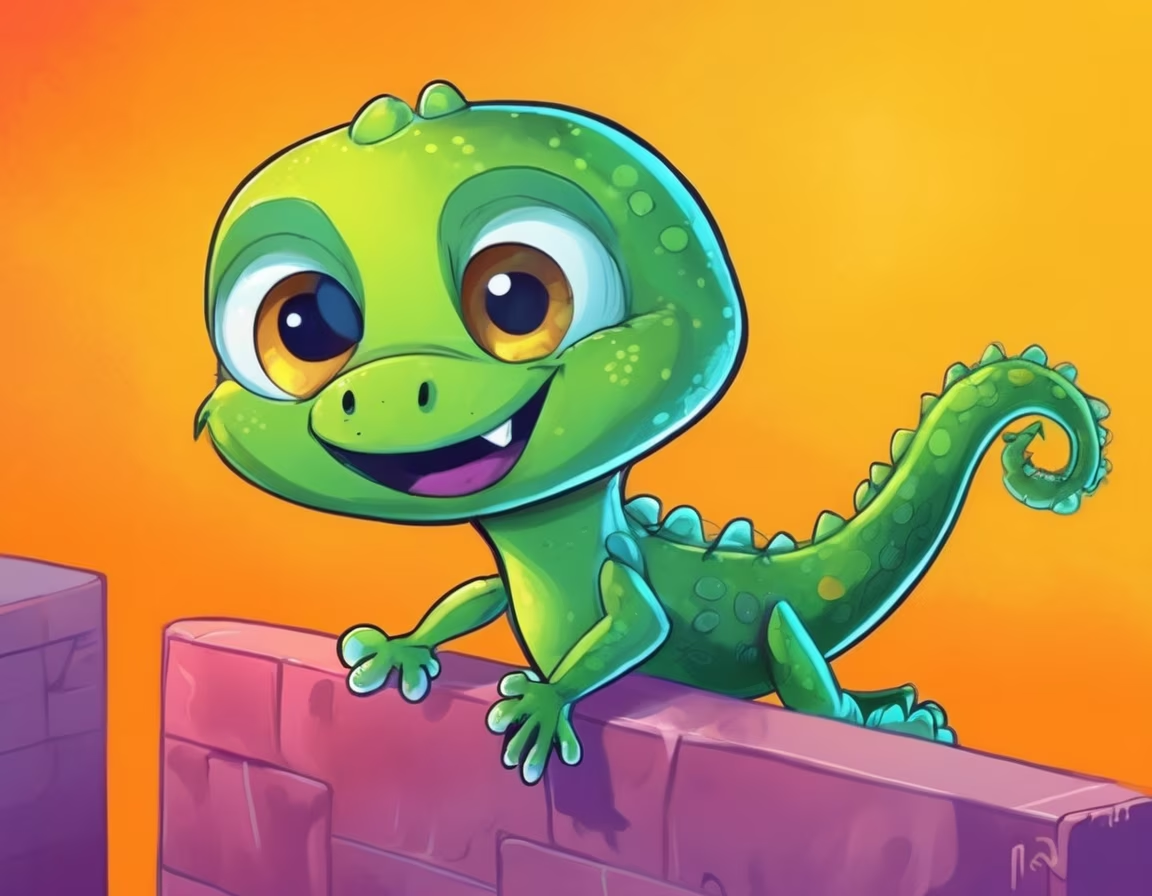









Prompt: Imagine a colorful fish happily swimming in the ocean. The fish likes to change direction by waggling its tail. Can you draw the fish with a big, bright smile? Use your favorite colors to make the ocean and the fish as colorful as you want. Don't forget to show the fish waggling its tail to change direction in your drawing
Style: Photographic


Prompt: Imagine a colorful fish happily swimming in the ocean. The fish likes to change direction by waggling its tail. Can you draw the fish with a big, bright smile? Use your favorite colors to make the ocean and the fish as colorful as you want. Don't forget to show the fish waggling its tail to change direction in your drawing
Style: Comic Book


Prompt: Imagine a colorful fish happily swimming in the ocean. The fish likes to change direction by waggling its tail. Can you draw the fish with a big, bright smile? Use your favorite colors to make the ocean and the fish as colorful as you want. Don't forget to show the fish waggling its tail to change direction in your drawing




Prompt: Imagine a happy monkey playing in the jungle. The monkey loves to swing from tree to tree and jump around while wiggling its tail. Can you draw the monkey with a big smile on its face? Use your favorite crayons to color the jungle bright and lively, just like the monkey's playful spirit. Don't forget to show the monkey swinging and jumping from tree to tree in your drawing!
Style: Photographic


Prompt: Imagine a happy monkey playing in the jungle. The monkey loves to swing from tree to tree and jump around while wiggling its tail. Can you draw the monkey with a big smile on its face? Use your favorite crayons to color the jungle bright and lively, just like the monkey's playful spirit. Don't forget to show the monkey swinging and jumping from tree to tree in your drawing!
Style: Origami






Prompt: Imagine a happy monkey playing in the jungle. The monkey loves to swing from tree to tree and jump around while wiggling its tail. Can you draw the monkey with a big smile on its face? Use your favorite crayons to color the jungle bright and lively, just like the monkey's playful spirit. Don't forget to show the monkey swinging and jumping from tree to tree in your drawing!














Prompt: Imagine a beautiful night sky filled with shining stars like little diamonds in the sky. Can you see all the bright stars twinkling up above? Now, using your favorite crayons or markers, color the sky black and add as many stars as you can. Make the stars as bright and sparkly as you want!


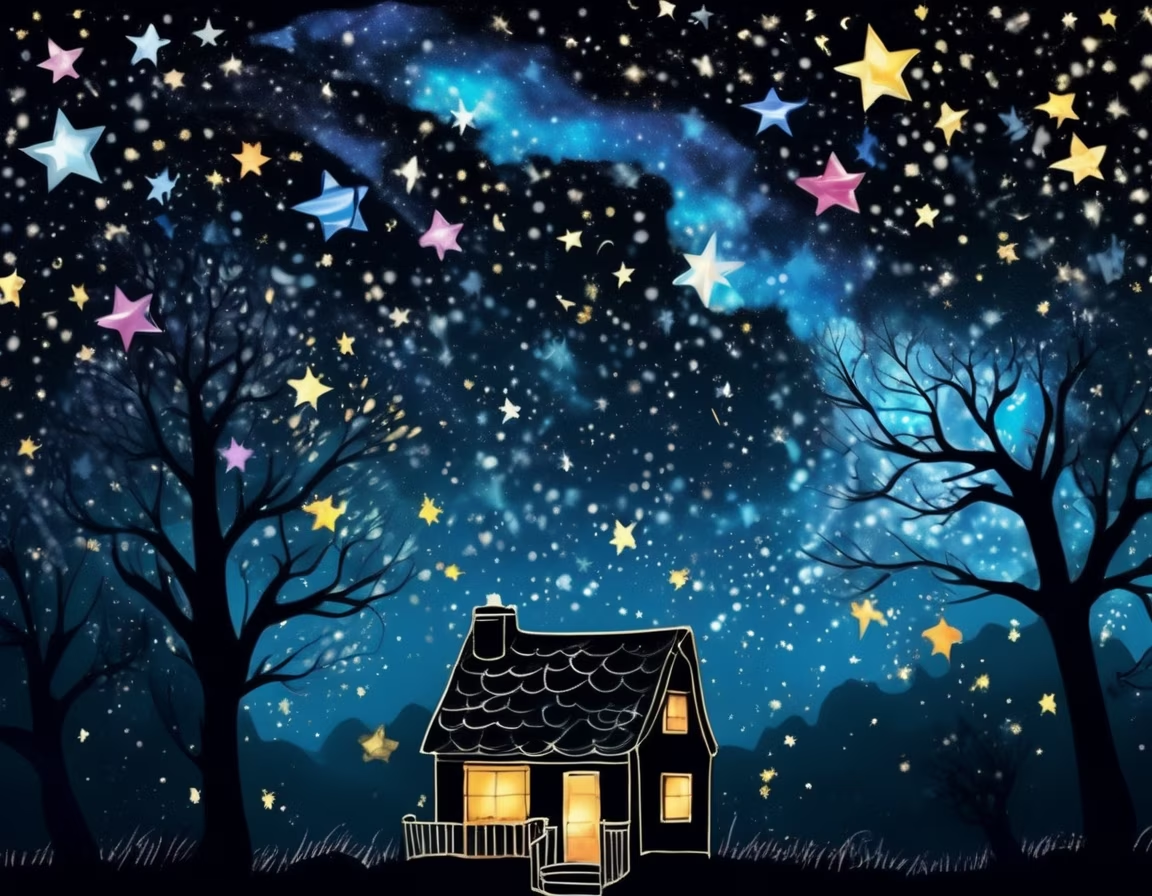

Prompt: Imagine a magical night sky filled with twinkling stars that shine as bright as your imagination. Picture yourself in the middle of this wondrous scene. What do you see? What colors do you notice in the sky? How do you feel as you gaze at this magnificent sight? Now, use your favorite colors to draw and color this enchanting night sky with all the stars and colors you imagined




Prompt: Children's drawing depicting a dark blue night sky filled with bright stars. A big full moon surrounded by clustered tiny stars. Several large yellow stars with exaggerated rays. White Squiggly lines connecting some stars to make constellations. A streaking comet with a long curvy tail. A colorful nebula cloud. Simple curved lines and shapes. Thick outlines around objects. Flat vibrant colors. Whimsical style. Illustration by Leo Lionni and Eric Carle. Very basic composition and imaginative lighting that a preschooler would design.
Style: Origami


Prompt: Children's drawing depicting a dark blue night sky filled with bright stars. A big full moon surrounded by clustered tiny stars. Several large yellow stars with exaggerated rays. White Squiggly lines connecting some stars to make constellations. A streaking comet with a long curvy tail. A colorful nebula cloud. Simple curved lines and shapes. Thick outlines around objects. Flat vibrant colors. Whimsical style. Illustration by Leo Lionni and Eric Carle. Very basic composition and imaginative lighting that a preschooler would design.





